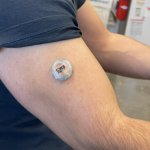
News • Multi-tasking
Wearable monitors glucose, alcohol, and lactate
Engineers have developed a prototype of a wearable that can continuously monitor several health stats—glucose, alcohol, and lactate levels—simultaneously in real-time.

Engineers have developed a prototype of a wearable that can continuously monitor several health stats—glucose, alcohol, and lactate levels—simultaneously in real-time.

Researchers developed a new microfluidic chip with broad applications for detecting viruses, pathogens, bacteria and other biomarkers in liquid samples.
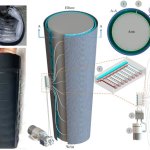
Microfluidic chip inflates and deflates balloons in a sleeve to promote fluid flow in the lymphatic system.

The University Medical Centre (UMC) Utrecht, The Netherlands, collaborates with Fujitsu to realize their smart hospital initiative, using sensors, tags and IoT technology provided by the company.

A new study enables developers to determine vaccine safety via smart sensors that measure objective physiological parameters. This could end the reliance on subjective reports of study participants.
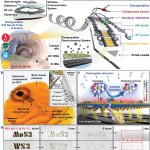
A wireless sensor could offer doctors a way to monitor changes in brain chemistry without requiring a second operation to remove the implant.
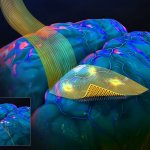
A brain-computer interface array featuring microneedles affixed to a flexible backing allows arrays of micro-scale needles to conform to the contours of the brain.
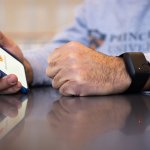
Combining questions about a person's health with data from smartwatch sensors, a new app can predict within minutes whether someone is infected with COVID-19.
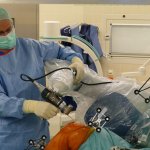
Professor Dr Henning Windhagen is a great fan of semi-automatic systems that help with implants but leave the surgeon in the driver’s seat.

Cardiac rehabilitation can be done just as well at home as in the hospital. This is the conclusion of the most extensive research into ‘tele-rehabilitation’ to date.
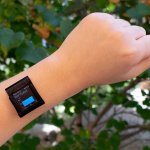
Researchers have developed a smartwatch that assesses cortisol levels found in sweat. The device opens new possibilities for personal health monitoring.
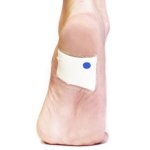
Scientists at Queen’s University Belfast have invented a tiny indicator that changes colour if a patient’s wound shows early signs of infection.

Researchers have developed a diagnostic for Sars-CoV-2 that is capable of differentiating between Covid-19 and the garden-variety bug with fast turnaround.

At Medica 2021, Elitac Wearables exhibited its latest innovations in wearables, which feature haptic feedback and integrated sensors. We spoke with Merijn Klarenbeek, the company’s CEO, about the medical applications of wearable electronics and sensors.
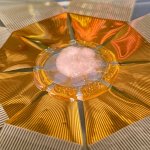
A tiny ‘pop-up’ sensor monitors the electrical activity inside heart cells. The device could provide new insights into cardiac diseases, including myocardial infarction and arrhythmias.
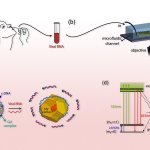
Scientists at have designed a quantum sensor to detect SARS-CoV-2 faster, cheaper, and more accurate than the current gold-standard technique, PCR.
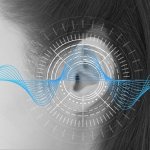
Progress in miniaturising sensor technology has opened up new possibilities for monitoring vital signs outside the hospital environment. A subset of wearables are the so-called hearables – in-ear devices that are well suited for long-term monitoring as they are non-invasive, inconspicuous and easy to fasten. Hearables offer two major benefits: their proximity to the torso and vascular system of…
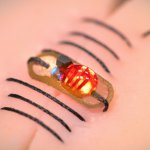
To detect wound complications as soon as they happen, a team of researchers has invented a smart suture that is battery-free and can wirelessly sense and transmit information from deep surgical sites.

Every day, elderly people fall – be it at home or in care facilities. Med-tech start-up Lindera developed an app that allows motion analysis via a smartphone camera to minimize the risk of falling.

Ever since the Abbe diffraction limit of conventional microscopy has been surpassed, super-resolution techniques have been diving ever deeper into the most miniscule details of molecular structures. We spoke with Prof. Dominic Zerulla, whose company PEARlabs is developing an imaging technique that sets out to push the boundaries once more – by looking at in-vivo nano-scale processes in motion.

Drug delivery, blood extraction, contrast agent injection – many procedures in modern medicine would be utterly impossible without needles. Despite the benefits, inserting pointy metal tubes into a patient also comes with several drawbacks. By downscaling the to micrometer-size, Japanese researchers open even more areas of application for needles, while bypassing some of the most important…

Connecting the brain with a machine has been a powerful dream of mankind. What used to be science fiction, from the Borg in Star Trek to the Matrix, has become mainstream thanks to Elon Musk and Mark Zuckerberg who have put their entrepreneurial commitments into the area of neurotechnology. Recently, Professor Surjo R. Soekadar outlined current and upcoming applications of brain-computer…
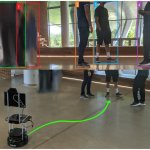
A new strategy to reduce the spread of COVID-19 employs a mobile robot that detects people in crowds who are not observing social-distancing rules, navigates to them, and encourages them to move apart.
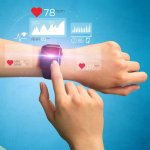
Wearables are a trend in respiratory care and many products are being developed to monitor patients remotely. But how much can these tools really help clinicians? An Italian expert discussed current solutions and challenges to their development.